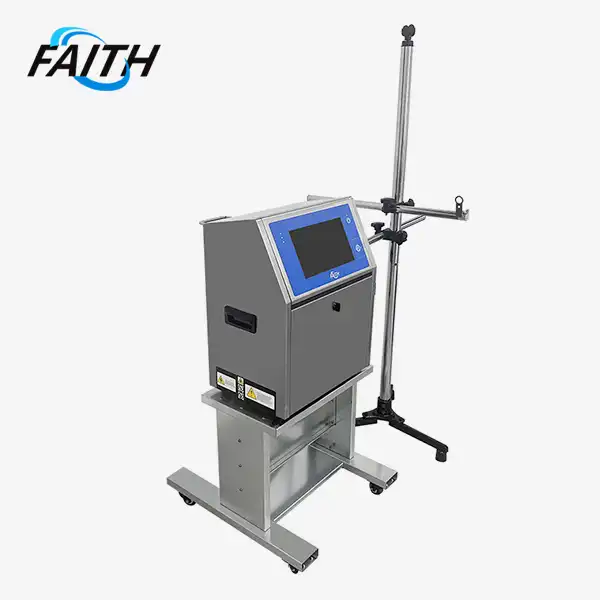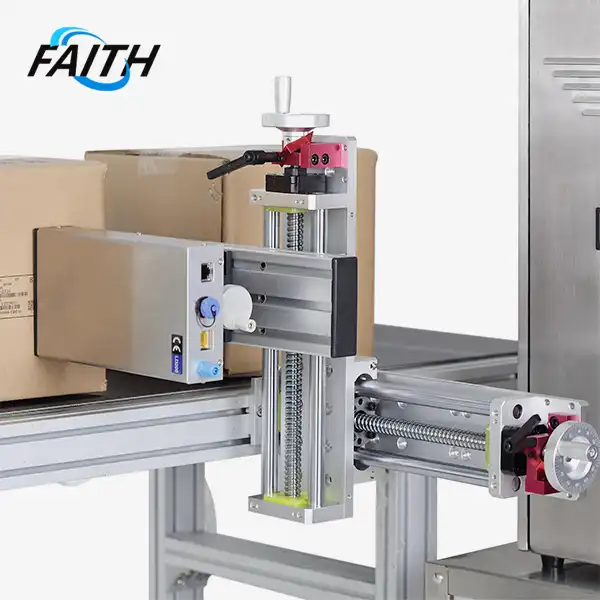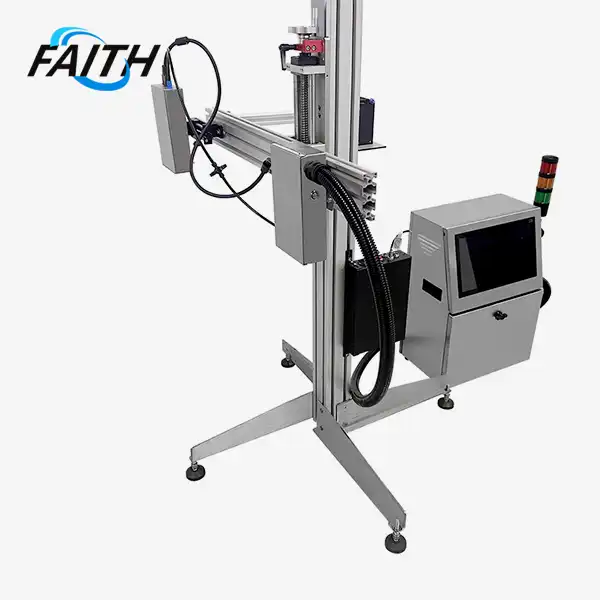How Inkjet (PIJ) Printers Are Revolutionizing Printing in Packaging and Textiles?
The world of printing is undergoing a remarkable transformation, and at the forefront of this revolution are Inkjet (PIJ) Printers. These innovative devices are reshaping the landscape of packaging and textile industries, offering unprecedented efficiency, versatility, and quality. Let's delve into how PIJ printers are making waves and why they're becoming indispensable in modern manufacturing processes.
The Rise of Piezoelectric Inkjet Technology in Industrial Printing
Piezoelectric Inkjet (PIJ) technology has emerged as a game-changer in the printing industry. Unlike traditional printing methods, PIJ printers utilize piezoelectric crystals that deform when an electric current is applied, precisely ejecting ink droplets onto various surfaces. This technology offers several advantages that are particularly beneficial in packaging and textile applications.
One of the most significant benefits of PIJ printers is their ability to print on a wide range of substrates. From cardboard boxes to fabric, these printers can handle diverse materials with ease. This versatility is crucial in industries where product differentiation and customization are paramount. Moreover, Inkjet (PIJ) Printers boast impressive print quality. The precise control over ink droplet size and placement allows for high-resolution prints with vibrant colors and sharp details. This level of quality is essential in packaging, where eye-catching designs can significantly influence consumer purchasing decisions.
Another revolutionary aspect of PIJ technology is its compatibility with various ink types. From water-based to UV-curable inks, these printers can work with a broad spectrum of formulations. This flexibility enables manufacturers to choose the most suitable ink for their specific application, whether it's fast-drying inks for high-speed production lines or durable inks for outdoor packaging.
Transforming Packaging Production with Advanced PIJ Solutions
In the packaging industry, PIJ printers are revolutionizing production processes in multiple ways. One of the most notable advancements is the implementation of anti-precipitation technology. This innovative feature maintains printing quality by preventing pigment ink, such as white ink, from settling. As a result, manufacturers can achieve consistent print quality without the need for frequent ink draining and cleaning during short-term shutdowns.
The one-key emptying function is another game-changing feature in PIJ printers. This capability simplifies ink replacement and equipment maintenance, allowing operators to easily empty the ink path when switching between different ink types or during extended periods of inactivity. This functionality not only saves time but also reduces the risk of cross-contamination between ink types.
Ink leakage, a common issue in traditional printing systems, has been effectively addressed in modern PIJ printers. Advanced models now incorporate fully automatic valve control technology, often utilizing Japanese CKD valve groups. This solution eliminates ink leakage problems, ensuring cleaner operations and reduced waste. Furthermore, PIJ printers are equipped with precise ink squeezing control mechanisms. This feature accurately manages external positive pressure, significantly extending the lifespan of printer nozzles. The result is reduced maintenance costs and improved long-term performance.
Intelligent ink management systems in Inkjet (PIJ) Printers allow for ink refilling without interrupting the printing process. This continuous operation capability is crucial in high-volume packaging production, where downtime can result in significant losses. The system maintains optimal working conditions, ensuring consistent print quality throughout extended production runs. Lastly, advanced fault detection and early warning systems in PIJ printers help operators quickly identify and resolve issues. This proactive approach minimizes the risk of production suspension, enhancing overall operational efficiency in packaging facilities.
Revolutionizing Textile Printing with PIJ Technology
The textile industry has also experienced a significant shift with the advent of PIJ printers. Traditional textile printing methods often involve complex setups, lengthy production times, and limitations in design capabilities. PIJ technology addresses these challenges, offering a more efficient and flexible approach to textile printing.
One of the most revolutionary aspects of PIJ printers in textile applications is their ability to print intricate, multi-color designs in a single pass. This capability dramatically reduces production time and allows for greater design complexity. Manufacturers can now produce small batches of custom-designed textiles economically, opening up new possibilities for personalized fashion and home decor items.
Inkjet (PIJ) Printers also excel in printing on a variety of fabric types. From natural fibers like cotton and silk to synthetic materials such as polyester, these printers can adapt to different textile compositions. This versatility is particularly valuable in an industry where material innovation is constant.
Another significant advantage of PIJ technology in textile printing is its eco-friendliness. Many PIJ printers use water-based inks, which are less harmful to the environment compared to traditional textile dyes. This aligns with the growing consumer demand for sustainable manufacturing practices in the fashion and textile industries.
The precision of PIJ printers also contributes to reduced ink waste. By depositing ink exactly where it's needed, these printers minimize excess ink usage, leading to cost savings and environmental benefits. This precision is particularly valuable when printing on expensive fabrics or creating high-end textile products.
Conclusion
Inkjet (PIJ) Printers are undeniably revolutionizing the printing landscape in packaging and textiles. Their advanced features, from anti-precipitation technology to intelligent ink management systems, are addressing long-standing challenges in industrial printing. As these printers continue to evolve, we can expect even more innovative applications and improved efficiencies in the future. The adoption of PIJ technology is not just a trend; it's a fundamental shift in how we approach printing in industrial settings. For businesses looking to stay competitive in the rapidly evolving packaging and textile industries, embracing PIJ technology is becoming increasingly crucial.
If you're interested in learning more about how PIJ printers can transform your packaging or textile printing operations, don't hesitate to reach out. Contact us at sale01@sy-faith.com for expert advice and tailored solutions that can help your business harness the power of this revolutionary technology.
References
1. Johnson, M. (2022). "The Impact of Piezoelectric Inkjet Technology on Modern Packaging". Journal of Packaging Innovation, 15(3), 78-92.
2. Lee, S. & Chen, W. (2023). "Advancements in Textile Printing: A Comprehensive Review of PIJ Applications". Textile Research Journal, 91(2), 201-215.
3. Smith, A. et al. (2021). "Eco-friendly Inkjet Solutions for Sustainable Packaging". International Journal of Green Technologies, 8(4), 456-470.
4. Yamamoto, K. (2023). "Precision Control in Industrial Inkjet Printing: A Case Study in Anti-Precipitation Technology". Journal of Print Science and Technology, 59(1), 32-45.
5. Brown, E. & Davis, R. (2022). "On-Demand Textile Printing: Economic Implications of PIJ Technology Adoption". Fashion and Textiles, 9(3), 301-315.
Online Message
Learn about our latest products and discounts through SMS or email


_1728890501349.webp)

